PicoCray: Unveiling the Power of Raspberry Pi Pico Clusters
The PicoCray project marks a groundbreaking venture in computing, showcasing the capabilities of Raspberry Pi Pico clusters. This innovative project has garnered attention in prominent publications, including HackSpace magazine and the Raspberry Pi Blog, highlighting its significance in the DIY and maker communities.

Watch Ian discuss the PicoCray in this episode of the Electromaker Show
The Innovation Behind PicoCray
The PicoCray project illuminates the unique potential of clustering with Raspberry Pi Picos, an idea that pushes the boundaries of conventional computing clusters. Raspberry Pi Picos, typically known for their simplicity and accessibility, are not immediately recognized for clustering capabilities, primarily due to inherent challenges such as the absence of a Linux operating system and lack of an Ethernet interface. These limitations pose significant hurdles for traditional clustering applications.
Despite these challenges, Ben Everett ingeniously navigated these constraints, demonstrating that with ingenuity, even devices not originally designed for complex tasks can achieve remarkable feats. His work not only showcases the versatility of the Raspberry Pi Pico in clustering but also opens new avenues for their application in various computing scenarios.
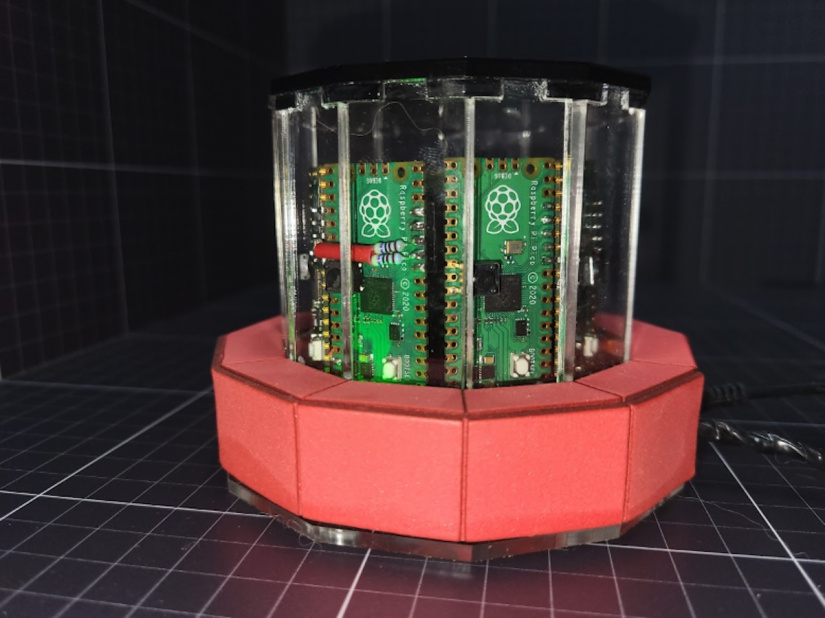
The Technical Ingenuity of PicoCray
At the core of PicoCray's design is the innovative use of I2C (I Squared C) as the primary communication protocol. I2C stands out for its simplicity and efficiency, making it an ideal choice for establishing communication among the multiple Raspberry Pi Pico units in the cluster. This choice reflects a strategic approach to leveraging available resources while maximizing functionality.
The hardware setup of the PicoCray is meticulously crafted to designate specific roles within the cluster. One Raspberry Pi Pico acts as the host or controller, orchestrating the operations, while the others serve as processors. This delineation is crucial for efficient task distribution and processing within the cluster, ensuring optimal performance and scalability.
A key aspect of PicoCray's functionality is the uniformity of firmware across all Raspberry Pi Picos in the cluster. This uniformity simplifies the programming and maintenance of the cluster, as the same firmware runs on each unit. This approach not only streamlines the development process but also enhances the cluster's ability to scale and adapt to various computational tasks, demonstrating the practical implications of firmware standardization in clustered computing environments.
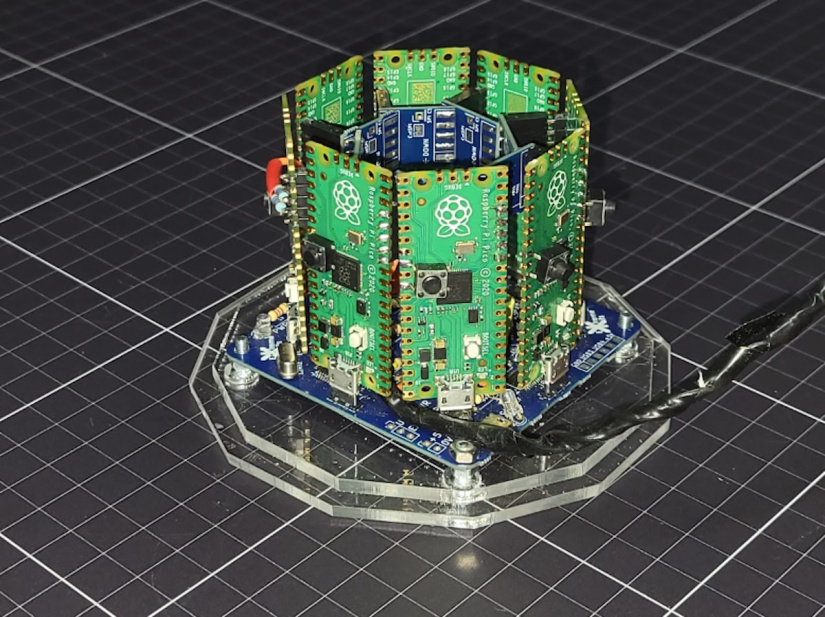
Practical Applications and Implications
The PicoCray cluster, beyond its technical prowess, opens up a variety of practical applications. One notable example is its ability to calculate the Mandelbrot set, a complex mathematical visualization that requires significant computational power. This application not only demonstrates PicoCray's processing capabilities but also exemplifies how such clusters can be utilized for intricate computational tasks.
An integral part of PicoCray's design is its custom PCB, which includes innovative features like vertical USB plugs. These design choices not only optimize space and connectivity but also enhance the overall functionality and aesthetics of the cluster.
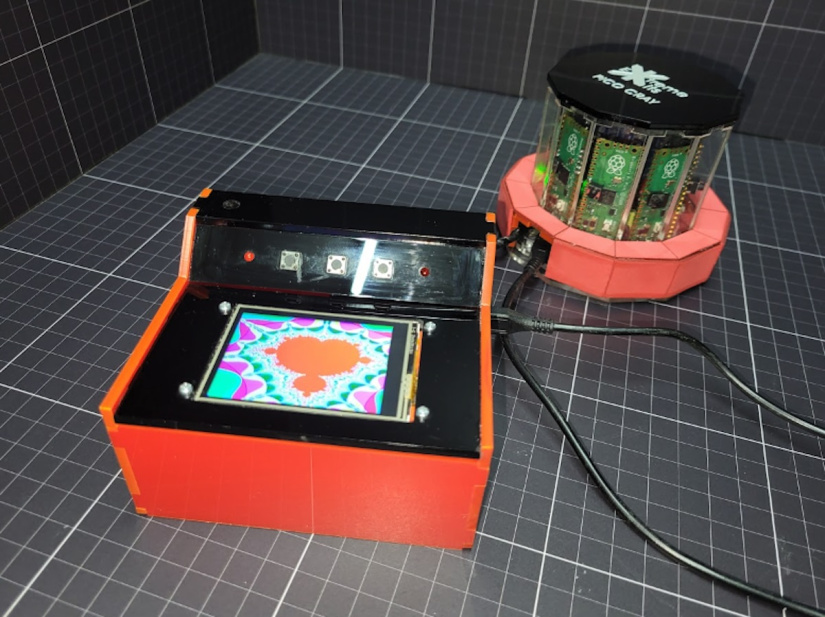
Wrapping Up
The PicoCray project highlights the potential of Raspberry Pi Pico clusters in overcoming inherent limitations through creative problem-solving. The use of I2C as a communication protocol, the strategic hardware setup, and the uniform firmware across the cluster exemplify the project's technical ingenuity. Furthermore, its practical applications, such as computing the Mandelbrot set, and the thoughtful design of the custom PCB, demonstrate the project's real-world relevance and potential.
Did you enjoy this article?
Make sure you subscribe to The Electromaker Show for similar content and subscribe to our monthly newsletter!





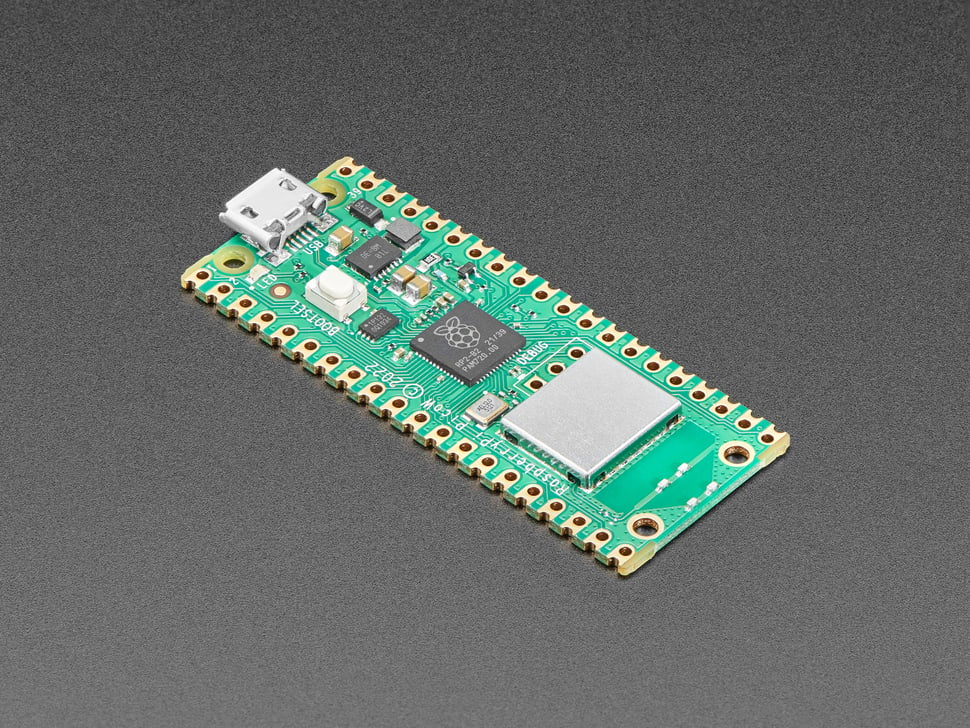

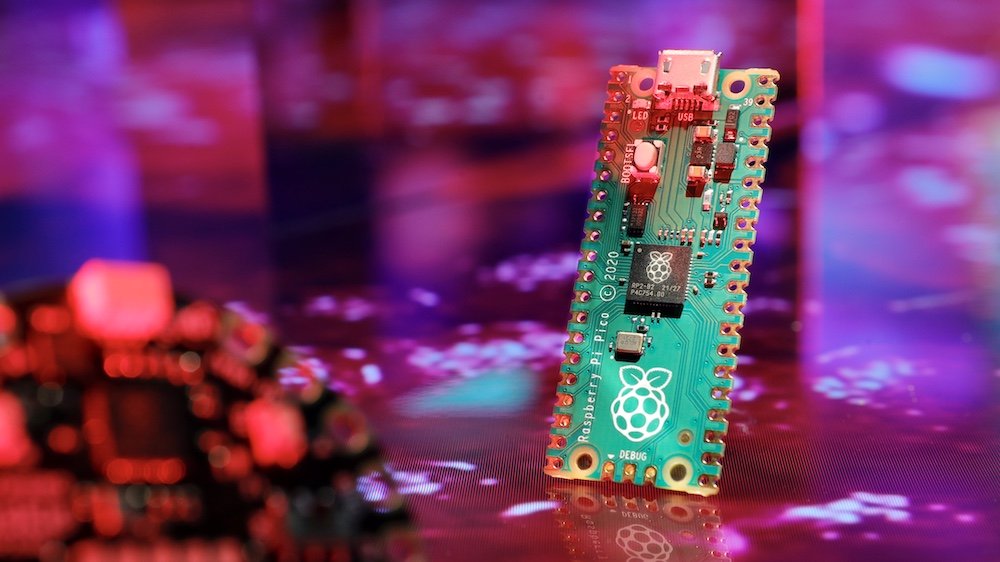

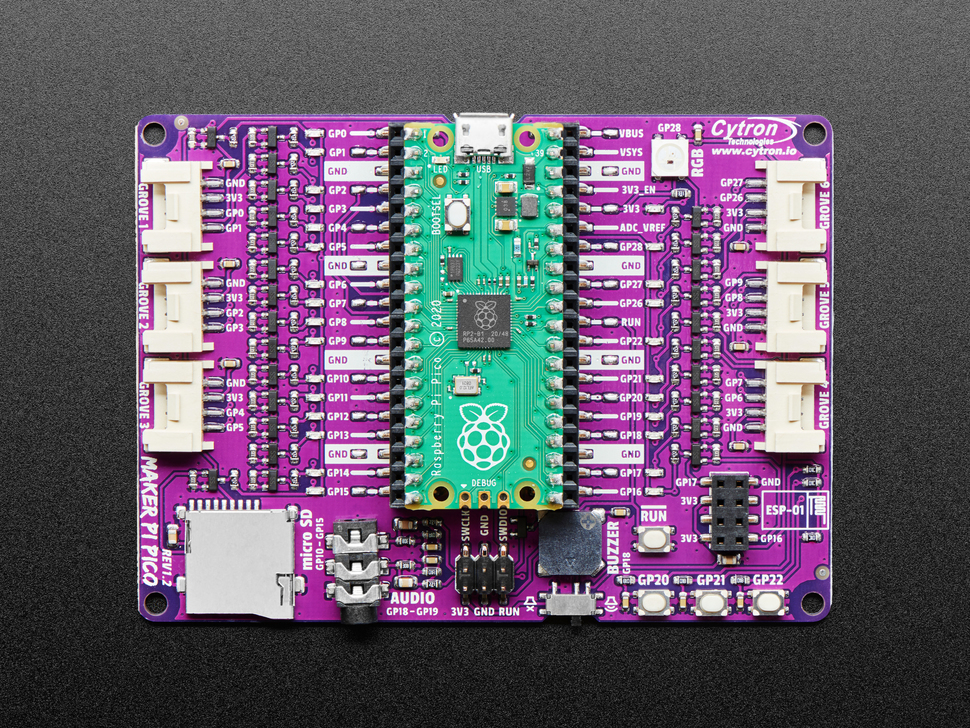
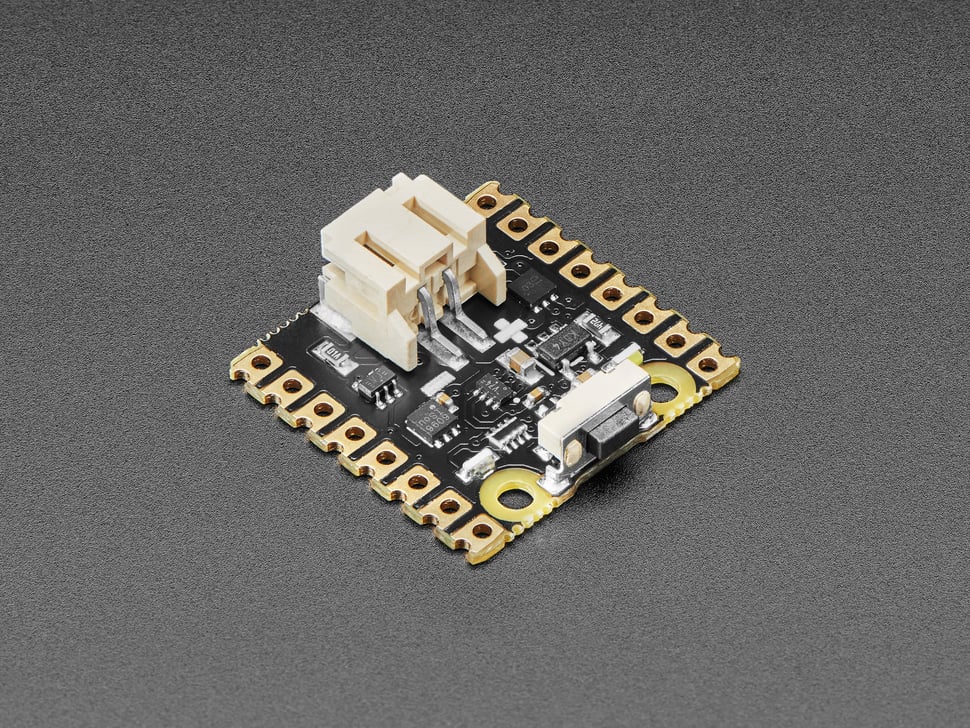
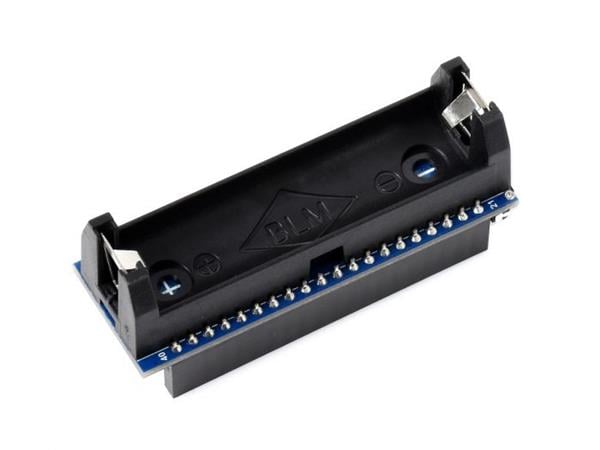
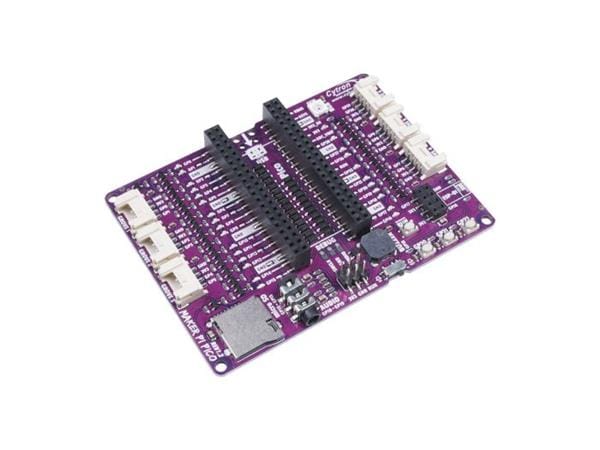
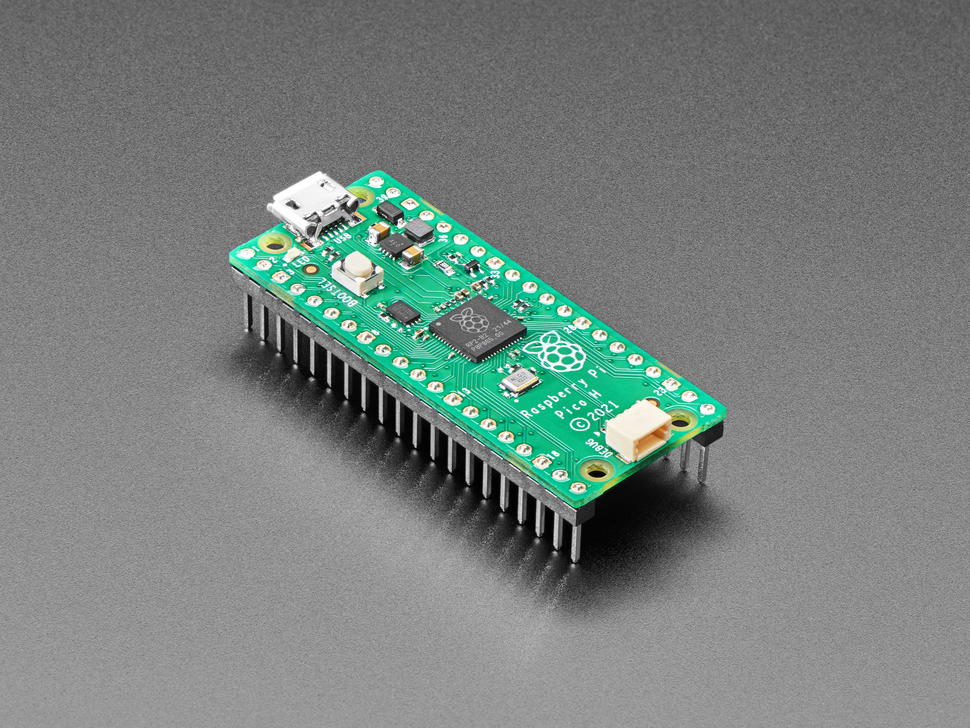
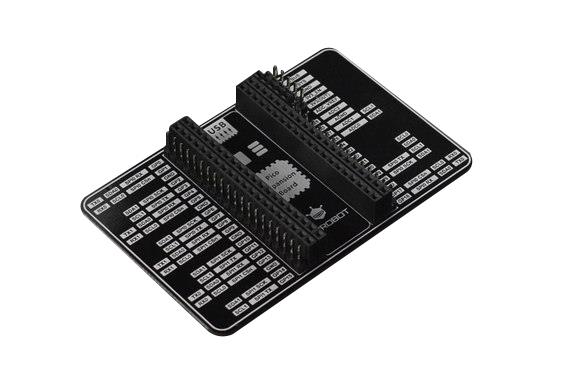
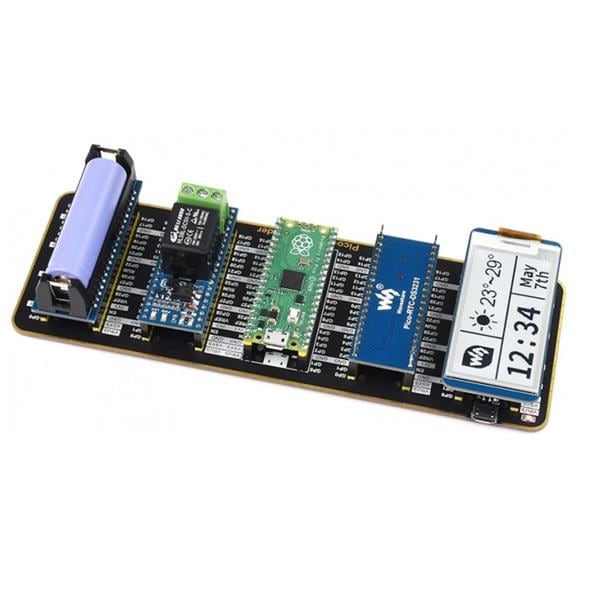
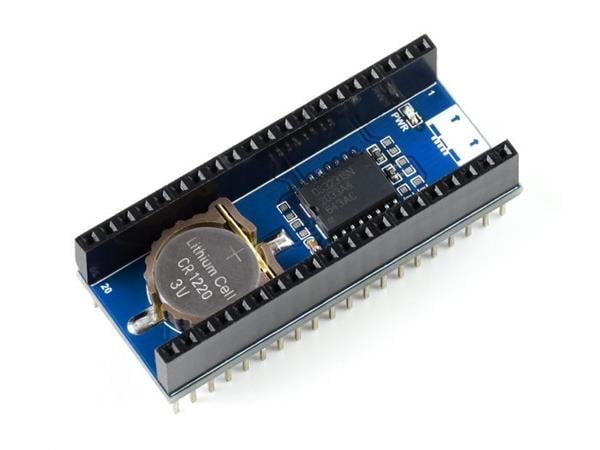
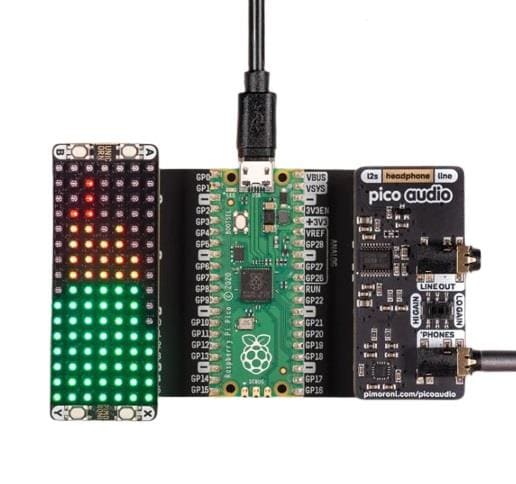
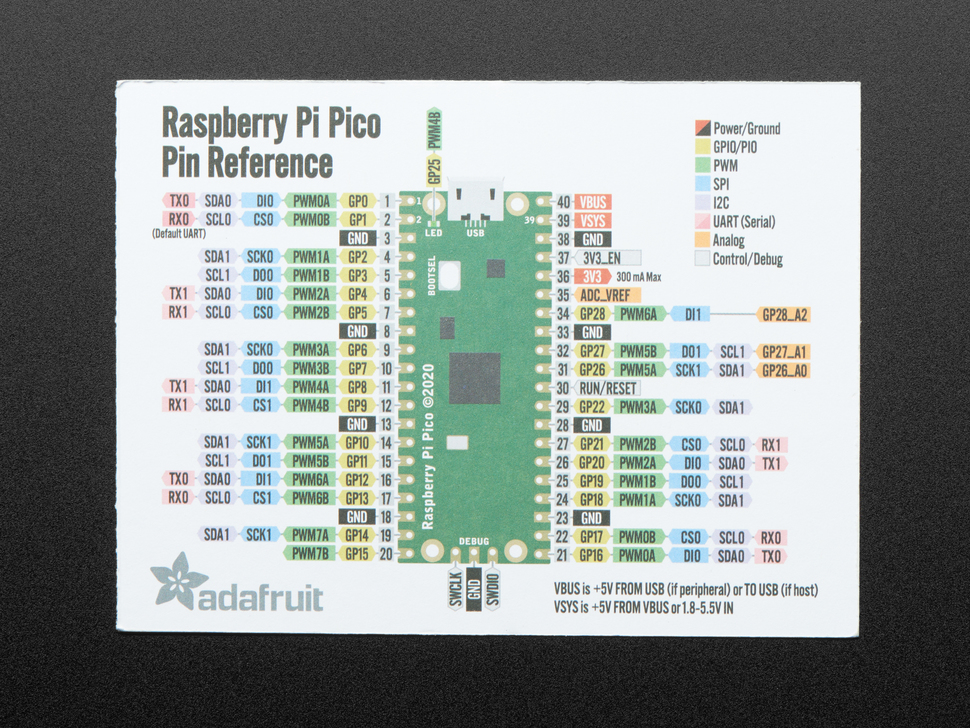
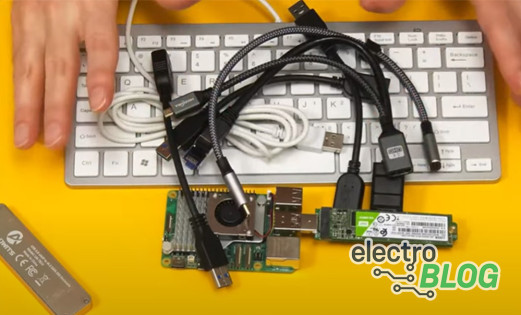
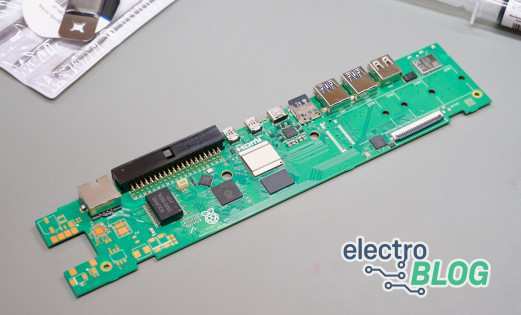
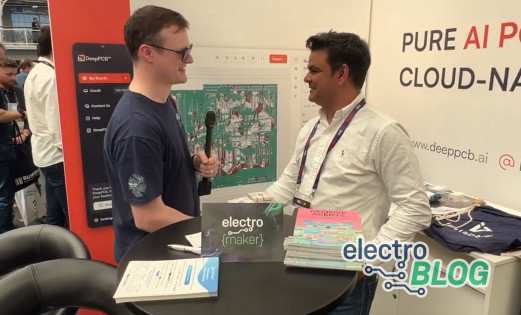
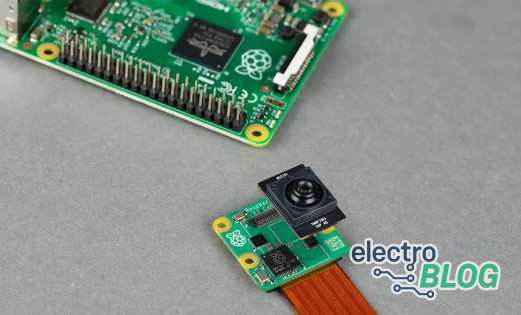

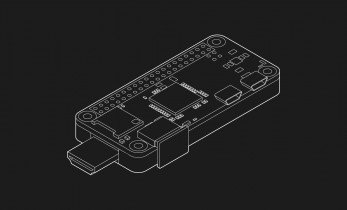
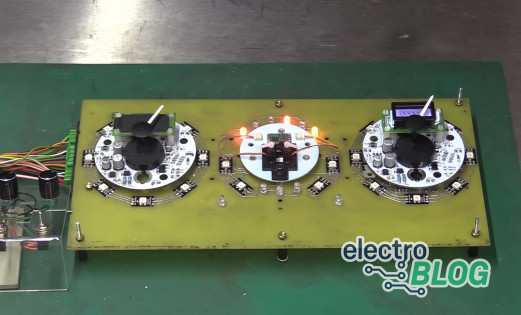

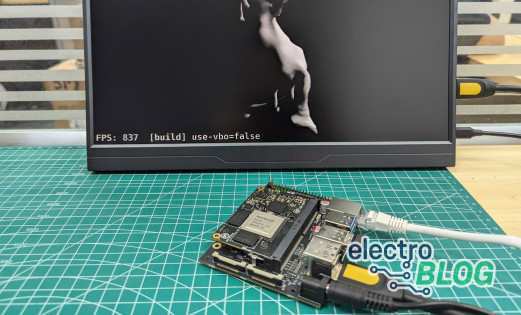
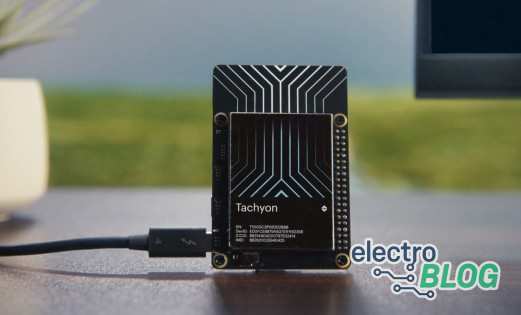



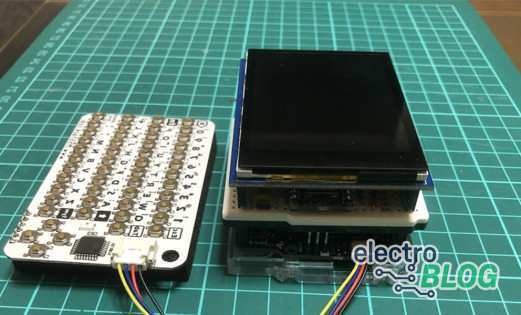
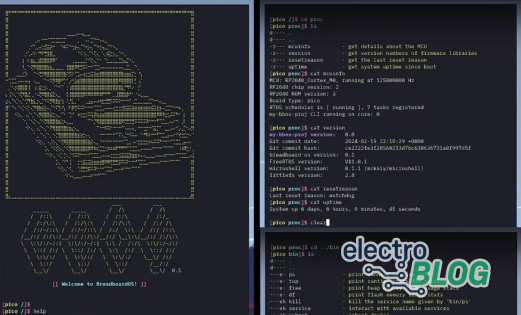

Leave your feedback...